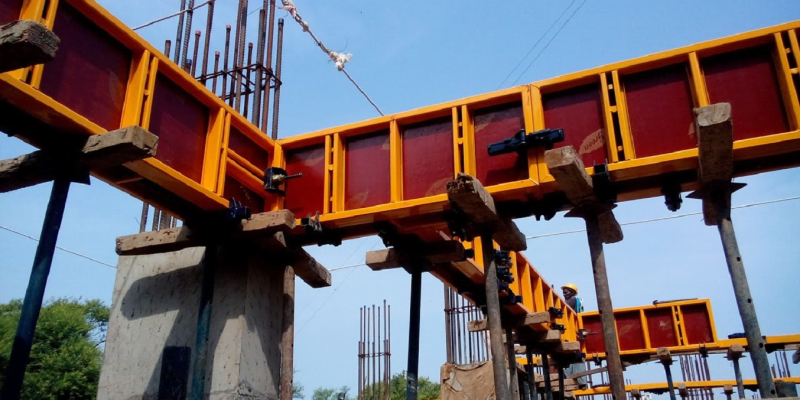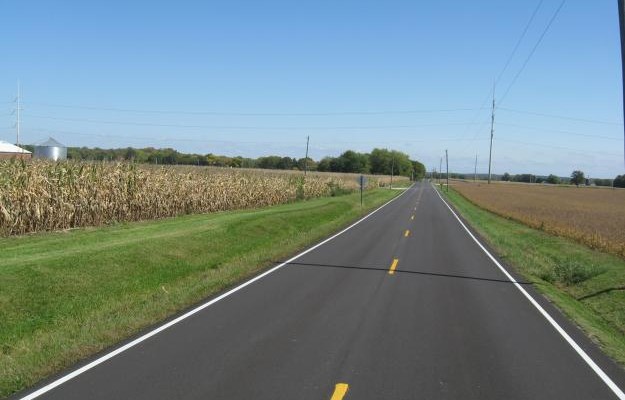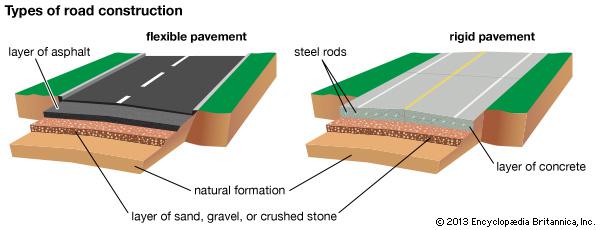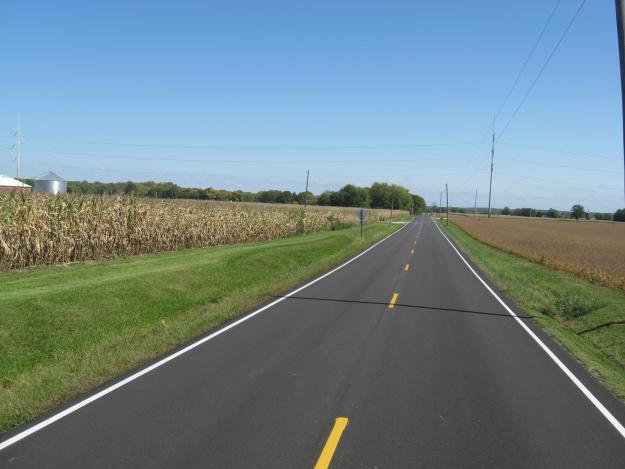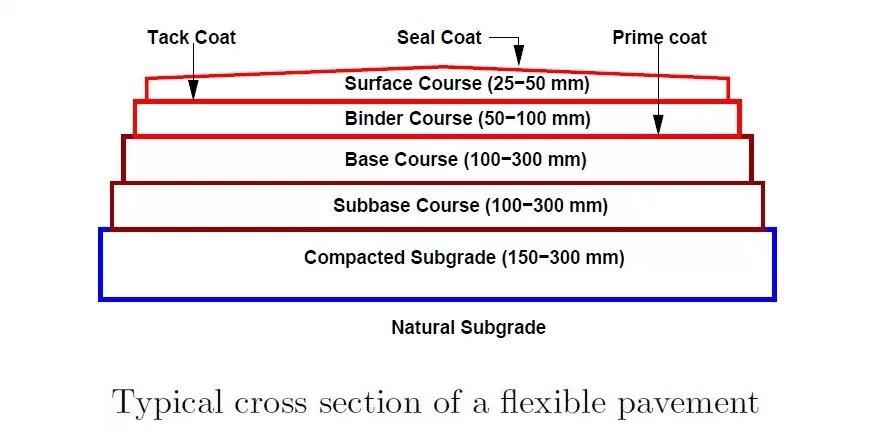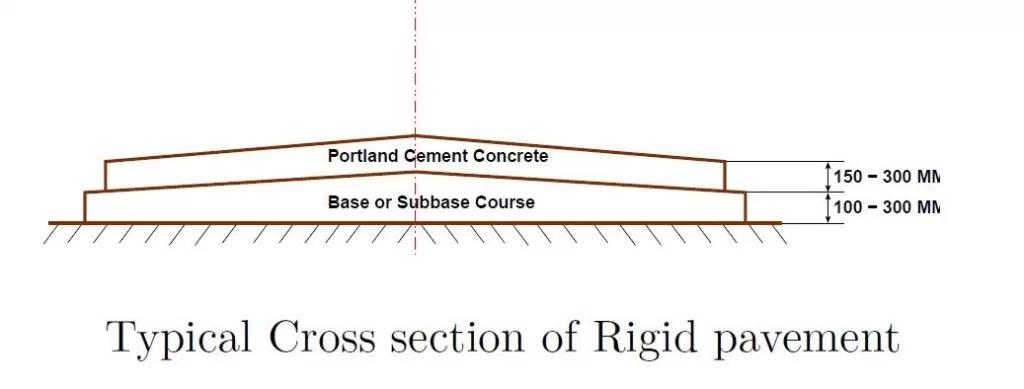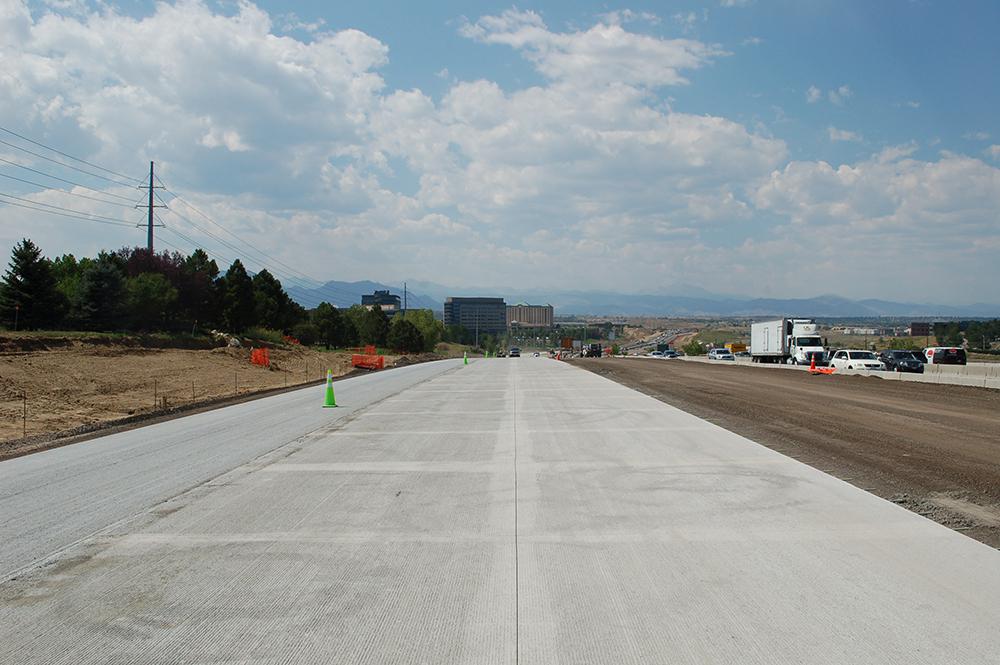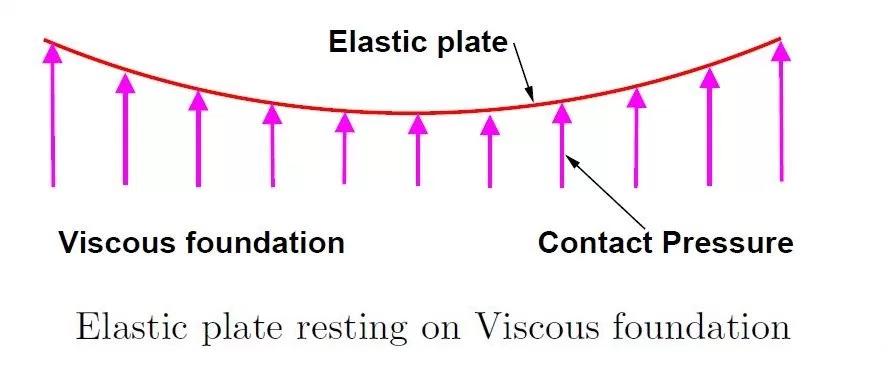A Formwork is brief or everlasting molds into which concrete or similar substances are poured. in the context of concrete construction, the falsework helps the shuttering molds.
Formwork and concrete form types
Formwork comes in several types:
1. Traditional wood formwork. The formwork is constructed on site out of wooden and plywood or moisture-resistant particleboard. It is easy to provide but time- consuming for larger structures, and the plywood going through has a distinctly short lifespan.It`s still used extensively wherein the labor costs are lower than the costs of buying reusable formwork. It is also the maximum flexible kind of formwork, so even wherein other systems are in use, complicated sections can also use it.

2. The Formwork device or System of an engineer. This is constructed out of prefabricated modules with a metallic frame (usually metallic or aluminum) and included on the application (concrete) aspect with a material having the desired surface structure (steel, aluminum, wooden, and so on). The two important benefits of formwork structures, compared to traditional wood formwork, are speed of creation (modular systems pin, clip, or screw collectively quickly) and lower life-cycle charges (barring principal pressure, the frame is sort of indestructible, whilst the protecting if made from wood; may additionally ought to be replaced a few – or some dozen uses, but if the overlaying is made of metallic or aluminium the shape can obtain up to two thousand uses relying on care and the packages).

3 .Plastic formwork which is re-usable. This interlocking and modular device or systems are used to construct extensively variable, however quite simple, concrete systems or structures. The panels are lightweight and very much strong. They may be especially proper for similar structure task/projects and low-cost, mass housing schemes.
4. The Permanent Insulated Formwork. This formwork will be assembled on site, usually out of insulating concrete forms (ICF). The formwork remains in a region after the concrete has cured, and may offer advantages in phrases of speed, strength, advanced thermal and acoustic insulation, space to run utilities in the EPS layer, and included furring strip for cladding finishes.
5. Live-In-Place structural formwork structures or systems.The formwork was assembled on site, usually out of prefabricated fiber-reinforced plastic forms. These are in the shape of hollow tubes and are generally used for columns and piers.This formwork remains in an area after the concrete has cured and acts as axial and shear reinforcement, in addition to serving to confine the concrete and save you in opposition to environmental outcomes, together with corrosion and freeze-thaw cycles.
6. Bendy formwork. In comparison to the rigid molds defined above, bendy formwork is a structures or system which uses lightweight, high power sheets of fabric to gain of the fluidity of concrete and create exceptionally optimised, architecturally exciting, building a bureaucracy(forms). The use of flexible formwork it is possible to forge optimised structures that use substantially much less concrete than an equal electricity prismatic phase.
Slab formwork (deck formwork)
- History
Some of the earliest examples of concrete slabs were constructed with the aid of Roman engineers. Due to the fact concrete is pretty strong in resisting compressive masses but has fantastically terrible tensile or torsional energy, these early structures consisted of arches, vaults, and domes. The most highly notable concrete structure from this era is the Pantheon in Rome.

- Traditional slab formwork
At the Dawn of the rival of concrete in slab systems or structures, building techniques for the temporary structures have been derived again from masonry and carpentry. The traditional slab formwork method consists of help out of lumber or younger tree trunks, that aid rows of stringers assembled a kind of 3 to 6 toes or 1 to 2 meters aside, depending on a thickness of the slab. Between these stringers, joists are located roughly 12 inches, 30 centimeters aside upon which boards or plywood are positioned. The stringers and joists are generally 4 by 4 inches or 4 by 6-inch lumber. The maximum common imperial plywood thickness is a ¾ inch and the maximum common metric thickness is18 mm.

- Steel/Metal beam slab formwork
Just like the traditional method, but stringers and joist are replaced with aluminum forming structures/systems or metallic beams and supports are replaced with steel props. This also makes this approach extra systematic and reusable. Aluminum beams are fabricated as telescoping units which allows them to span supports that are located at various distances aside. Telescoping aluminum beams can be used and reused within the creation of structures of varying length.

- Modular slab formwork
Structures or systems are consist of prefabricated timber, metal or aluminum beams and formwork modules. Modules are often no larger than 3 to 6 feet or 1 to 2 meters in length. The beams and formwork are generally set by way of hand and pinned, clipped, or screwed together. The benefits of a modular machine/system are: does not require a crane to an area the formwork, a velocity of construction with unskilled exertions, formwork modules can be removed after concrete units leaving only beams in location prior to achieving layout strength.



